#Hapi God
Photo


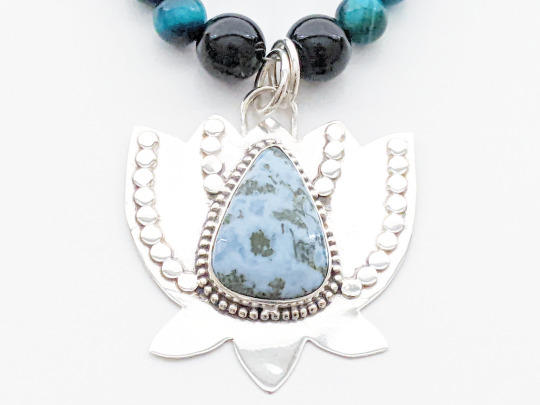

EGYPTIAN GOD HAPI DEVOTIONAL NECKLACE
https://www.etsy.com/listing/1435825079/egyptian-god-hapi-devotional-necklace
Blue Howlite dyed gemstone beads, Mystic Blue-Green Tiger’s Eye color-enhanced gemstone beads, with a Silver and Owyhee Opal Lotus Pendant, faceted Black Agate end pieces and accents, and a Silver-Colored Metal lobster clasp closure
*Commissions are Open!*
Reblogging is welcome! <3
#Kemetic#Kemeticism#Pagan#Kemetic Fandom#Kemetic Orthodox#Egyptian Gods#Egyptian Mythology#Egyptology#Ancient Egypt#Hapi#Hapi God#Hapi Deity#God of the Nile#Water God#Father God#Fertility God#Queer God#Divine Masculine#Wicca#Wiccan#Witchcraft#Kemetic Jewelry#Pagan Jewelry#Egyptian Jewelry#Kemetic Prayer Beads#Devotional Jewelry
9 notes
·
View notes
Text

just wanted to draw happy gale 🥺🥺
#hapy gale!! unbothered!! flourishing!!#him saying 'gods i wish i could go home' while standing near a portal to waterdeep made me so sad!!!#maybe will do a proper lineart after actually finishing the game#or maybe i'll hate the ending and will be free instead lol#my draws#bwb23
1K notes
·
View notes
Text
birthdays are just arbitrary days until someone wants chocolate


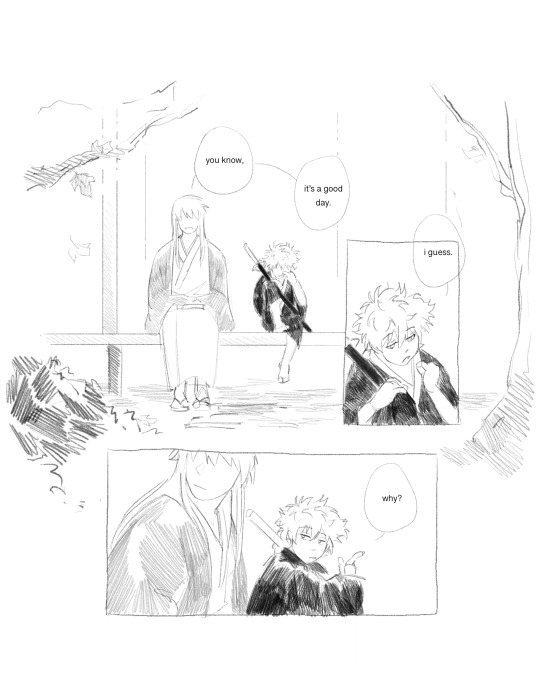

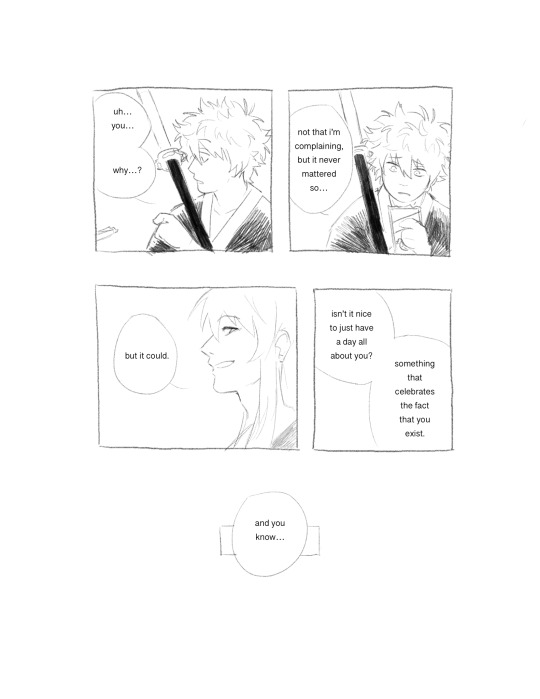


extra:



#*yells as tears stream down my face* FAMILY IS MADE AND NOT BORN AND THEY CAN BE THE STEONGEST BONDS OF ALL DNJDNFND#so many unresolved feelings about shouyou. i should draw him more. most of them are sadness#BUT!!!! BABY GIN!!! AND SHOUYOU SENSEI!!! AUGHHHHH#the comic came to me from madness last week as i was destressing from all the work i had last week and i was like#i have to finish this for his birthday or i’ll die#and i did! for oct 10th pacific time hfjhfhvd#god i love them#gin chan…… hapi basudei#many many happy returns of the day…..live happily#i love you so much even if i shit on you half the time ❤️#sakata gintoki#yoshida shouyou#shimura shinpachi#kagura gintama#katsura kotarou#gintama#ok bye
578 notes
·
View notes
Text
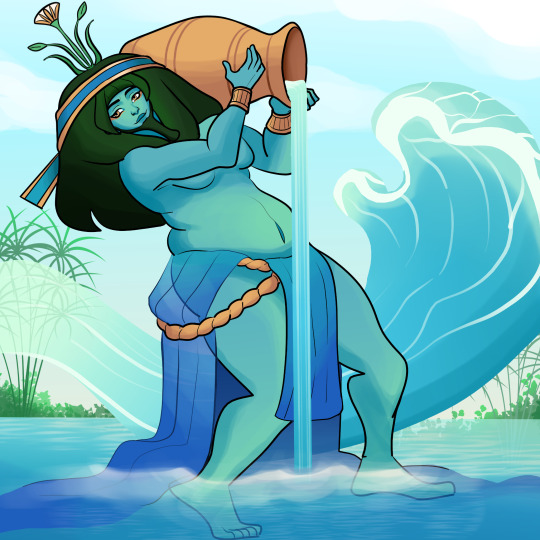

Hapi, the generous God of the Nile is the main responsible of the annual flood of the sacred river that makes Kemet one of the most fertile soils on Earth. However, their blessings do come with a price, and it is often related to the conduct of the people and on how worthy one Pharaoh's reign can be, based on this God's own judgment. Hapi is a kind but very introverted deity whose genuine smiles can warm anyone's heart, however they prefer to linger in isolated and pacific places where they can rest and prepare themselves for the annual flood.
73 notes
·
View notes
Text
can't believe they're becoming canon in 2024
#billford#THIS IS A JOKE & MAJOR COPIUM#i just saw 'embarasing pines family secrets' & 'missing journal 3 pages' & 'for adults' and went nuts#the missing j3 pages tho.... are we going to see them pre-betrayal. please. for the love of god#this book is either going to be the funniest or the most heartsick shit ever#especially on bill's part i need to know if the 'nightmare realm as his own bubble' parallel is true so so SO bad#'says he's hapy he's a liar' WHAT DOES THIS MEAN‼️‼️‼️#bill cipher#gravity falls
85 notes
·
View notes
Text
I CANT BEELIEVE I FORGOT IT WAS ANTHONY'S BIRTHDAY OMGG 😭😭

HAPPY BIRTHDAY (DRAG) QUEEN YAAAA 😍😍😍
#anthony my beloved#hazbin hotel#hazbin hotel angel dust#hazbin hotel anthony#angel dust#hazbin hotel art#i know this will flop but shush i love him smmmm 🥰🥰#he probably hasnt celebrated his brithday before going to the hotel#atleast not in a good way ☹️#his first birthday he celebrated happily was in the hotel and he started crying after#GOD THIS IS SUPOSED TO BE HAPY NOT ASD KMGG 😭😭😭#ANYWAYS HAPPY BIRTHDAY ANTHONYY!!!!
40 notes
·
View notes
Text

hapi, intersex god of nile flooding (digital, 2024)
#digital art#naive art#primitivism#weird art#furry#furry art#sfw furry#hapi#egyptian myth#egyptian mythology#egyptian myths#egyptian gods#kemetic paganism#kemeticism#kemetic#nile river#nile#hippo#fish#frog#intersex#trans
53 notes
·
View notes
Text
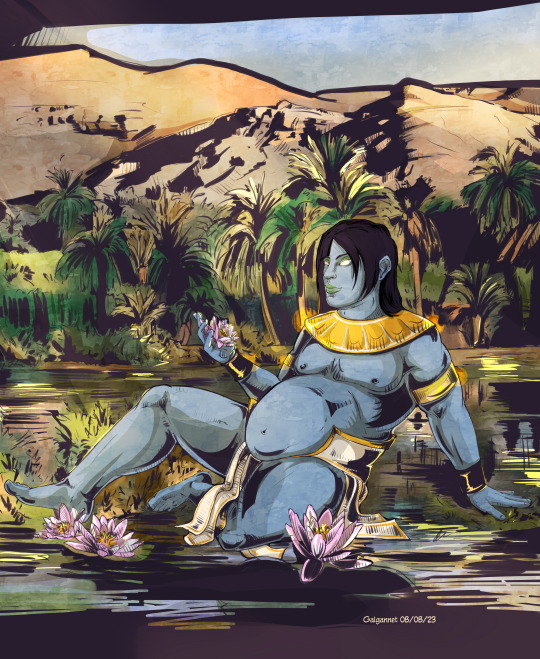
Lord Hapi (God of the Nile)
Hapi, the Egyptian god of fertility, water and associated with the rich black mud called silt, featured in the stories, myths and legends in Egyptian Mythology. Hapi was believed to live in caves near the Nile cataract (white water rapids) which was on the border between Egypt and Nubia. The economy of ancient Egypt relied on its agricultural wealth and, therefore, on the River Nile. Every year a torrent of water overflowed on to the banks of the River Nile leaving a thick rich mud (called black silt) and alluvial soil that fertilized the land. The Nile god Hapi was believed to bring the silt to the banks of the Nile, making farming possible surrounding the banks of the River Nile, an otherwise desert region.
Artstation | Deviantart | VK | Commission List
#NoAI#Ancient Egypt#gods of egypt#Egyptian gods#Hapi (Nile god)#Hapi#Digital 2D#Nile god#Illustration#comic book style#comic art#comic style
57 notes
·
View notes
Text

HES SO HAPPY TO BE HERE OH MY GOD
#I AM NOT OKAY HE GETS TO BE HAPY FOR ONCE OH MY GOD#ASAAHUUUUUDUHDJDH#ensemble stars#enstars#takamine midori#midori takamine
75 notes
·
View notes
Text



IT FINALLY HAPPENED LETS GOOOOOO
7 notes
·
View notes
Text

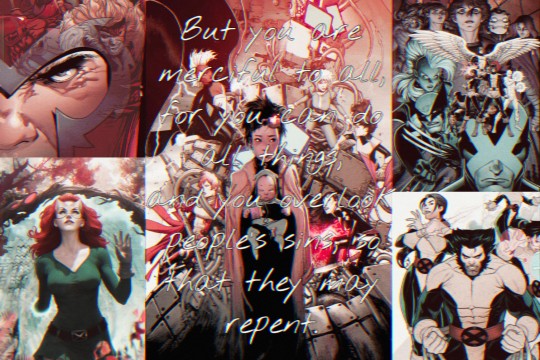
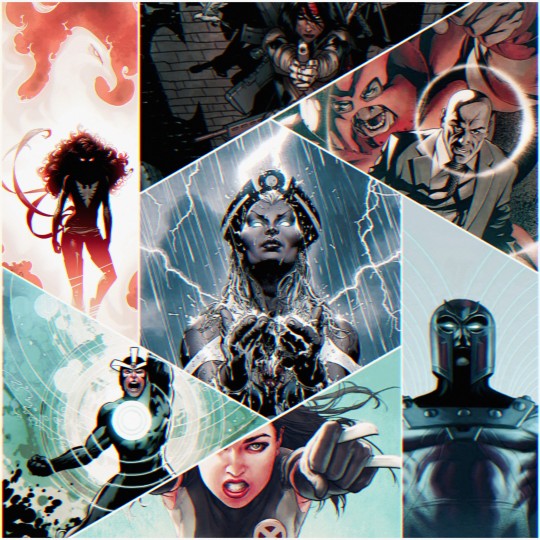



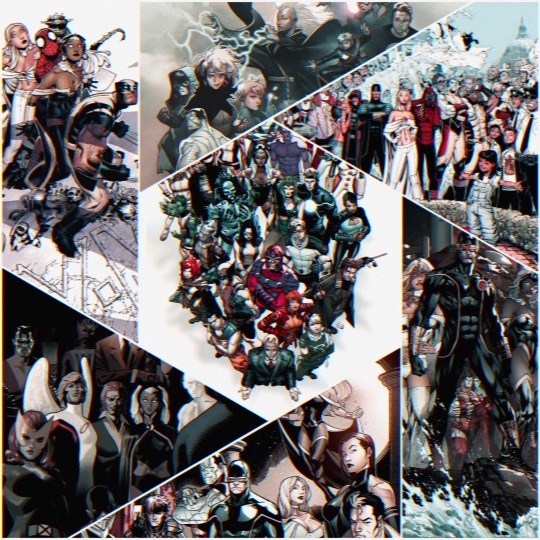

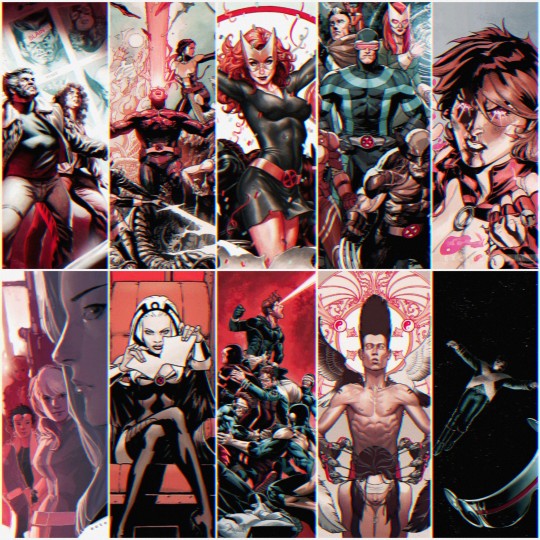
60th Anniversary of the X-Men
Stryker: You dare call that thing human?
Kitty: More human than you! Nightcrawler's generous, and kind, and decent! He had every reason to be bitter, every excuse to become as much a demon inside and out, but he decided he's rather laugh instead! I hope I can be half the person he is and if I have to choose between caring for my friend and believing in your god, then I choose my friend!
#marvel#x men#x men anniversary#marveledit#xmenedit#comicedit#comicbookedit#my edit#my stuff#marvel comics#x men comics#themarvelmultiverse#uncannysource#xmenuniverse#dailymarvel#god loves man kills#kinda a redo of a previous x men edit i did awhile back bec i love using that wisdom quote as a rebuttal of strykers nonsense#hapy anniversary to the xmen i love them no matter how much I grow up from a kid who watch the cartoons i alway come back to this franchise
25 notes
·
View notes
Text




awesome update
#fnaf world#fnaf#golden freddy#golden fredbear#five nights at freddy's#fredbear#boo#the next purple guy#the man behind the door#hapy frog said that too i think#MORE CONNECTIONS BETWEEN ULTIMATE CUSTOM NIGHT AND FNAF WORLD#oh my god#how did he know?#happy frog only said this in ucn#like how the endings connect#if you drown in ucn if old man consequences is set to one and you go in the lake#you get the trophy in fnaf world#IM A GENIUS#no im not#anyways#they are connected#FOLLOW THE CLICKBAIT BEAR MATPAT#FOLLOW HIM TO THE GOLD#he knows all#i need to start a ¢ult#the order of fredbear#he knows happy frogs lines#ALL HAIL FREDBEAR#yes this will be my only post this is why fnaf world was good
14 notes
·
View notes
Text
so the wriothesley story quest huh….


#just genshin <3#UHM????? HELLO?????????#that was dark and u know what i enjoyed it immensely#but dougier and the whole plot….. my god…….#BUT WRIO IN THE QUEST OURGH#AND THAT CUTSCENE???? EXCUSE ME SIR?????? and his flashback…. dw pookie i support all ur rights and wrongs 🫶#but also i can understand where he was coming from esp bc of the extreme emotions of the betrayal of those u considered close#AND ALSO AVICE AND FAISSOLLE??? SOBBING IM SO HAPY FOR THEM WITH THE ENDING THAT WAS SO CUTE 😭#ngl i was hoping we would have one of the artistic custscenes like we usually do in story quests#and i noticed it wasnt in neuvillettes one either#tho i could kind of overlook it bc of the flashback we walked through when he was first the iudex#sobbing hyv bring back the artistic cutscenes those were my fav parts….
11 notes
·
View notes
Text
[ Dendera Zodiac Challenge - Part II 🩵💛 ]

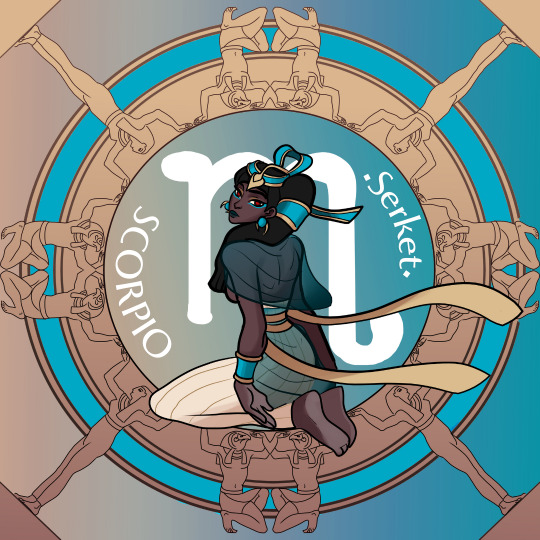

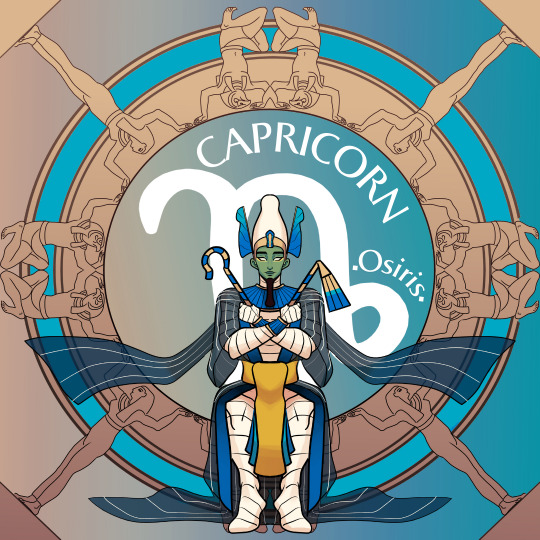


#my art#egyptian mythology#egyptian gods#house of the sun#dendera temple#dendera zodiac#ma'at#maat#serket#Neith#Osiris#Hapi#nephtys#nephthys
67 notes
·
View notes
Text
Egyptian gods: Hapi
The Nile wasn’t just the only river of Egypt and its main body of water: the Nile was the water around which Egypt built itself and without which Egyptians couldn’t survive. Their religion, society and calendar all shaped themselves based on the Nile, because it was a crucial element in the life of any Ancient Egyptian. The three seasons of the Egyptian calendars were “shemu”, “the sowing”, “peret”, “the harvest” and “akhet”, “the flooding”. You see, the Nile had a yearly flooding, and this even was so important that it became the focus of an entire Egyptian season. The flooding actually poured water over the fields and crops surrounding the Nile, helping the plants grow for the future harvest, and it also left on the shores a lot of silt, which fertilized the earth. Without the yearly flood of the Nile, the lands near it would end up as dry and arid as other parts of Egypt, and the crops would fail, meaning an ensured famine. But on the flipside, the Nile’s flooding could become very dangerous, because if it was too big, too brutal, too violent, it could drown fields and destroy crops instead of helping them grow… As a result, Egyptians made sure they used all the religious and magical methods they could to be certain of having a “good flood” each year. And one of those means was by personifying and embodying the measured and fertilizing flood in the shape of a god: the very-well named Hapi.
Hapi was the spirit of the Nile and the divinization of the Nile’s flood. He was the being that gave the waters of the Nile their movement, vitality and fertility – he was the one who made sure the good black silt ended up on the shores, and that Egypt became a land of prosperity. Pharaohs whose rule led to a time of abundance for Egypt were often depicted as Hapi on paintings. Among the god’s titles you could find “Lord of the River Bringing Vegetation”, or “Lord of the Fish and the Birds of the Marshes”. Hapi was believed to live in an underground cavern, under the first cataract of the Nile, near Aswan, under the island of Elephantine. There, each year the god started the yearly flood by pouring two enormous jars of water into the river. Once this was done, Hapi left this first lair of his to move to the other part of Egypt, the Lower-Egypt, where he settled in a grotto located this time near Memphis, and there he also poured two jugs of water, to make sure the flood happened in both parts of the country. These two areas were also the places where his cult took place, and where people threw in the water food, sacrificed animals or magical amulets to make sure Hapi would be kind to them – a lot of food was also thrown into the Nile during Hapi’s feast day, the feast of Ope, which celebrated the arrival of the flood (the flood itself being called “the arrival of Hapi”). In Upper-Egypt, Hapi was notably said to work with the god ruling over his living region, Khnum, and with two local Nile-guardian deities, Anukis and Satis: it was said they formed the stocks of silt that later Hapi delivered on the shores of the Nile.
Hapi is very noticeable due to his unique androgynous appearance. Hapi was a man, and paintings clarified that by having him wear the “fake-beard” typical of pharaohs (again, the pharaoh was identified with Hapi because he was supposedly in charge of maintaining the prosperity and abundance of Egypt). However, Hapi also sports long and fleshy female breasts, which are a physical manifestation of him being a spirit of fecundity and fertility. To that is added a rotund and plump belly, which was a visual manifestation of wealth. Sometimes Hapi was depicted with a bluish-green skin, supposed to be the same color as the waters of the Nile. More interestingly, Hapi was often “multiplied”. For example, many paintings depict a full line of Hapis coming towards the master of a temple – these multiple Hapis, called “the Niles”, were supposed to depict the many subdivisions of the river. Each one holds a different item in his hands: flowers, fruits, fishes… They are the various offerings born out/produced from each of the regions of Egypt, and if the Niles bring them to the master of a temple, it is because Hapi offers what he produces to the gods. Indeed, despite his very important role in the Egyptian life, Hapi wasn’t considered a superior or major god – no, he was rather a minor and secondary deity, who must often acted as the servant of more powerful gods and goddesses, and who fed them with the products of his own fertility. A much more common depiction of Hapi was the “Hapi twins” – painting Hapi not as one, but as two identically-looking deities, which intertwined plants together. This dual representation was meant to represent the Nile portion of Upper Egypt and the Nile portion of Lower Egypt, which united their forces and worked together to make Egypt one great and rich nation: one Hapi was crowned with and holding in his hand papyrus leaves, symbolizing Upper-Egypt, while the other was crowned with and holding in his hand lotus flowers, the flower of Lower Egypt. Their alliance was symbolized by how they intertwined these two regional plants together – it was called the “sema-taouy”, the symbolical union of Upper and Lower Egypt. [In terms of animal-companions, the Upper Egypt Hapi was usually surrounded by crocodiles, whereas the Lower Egypt one was followed by frogs]
Beyond his role as the spirit of the Nile, Hapi also had another function as a funeral god! Indeed, in the process of mummification, the Egyptians removed from their dead four organs deemed to be sacred and essential to the survival of the deceased in the afterlife – these organs were to be kept in special urns called the “canopy vases”. To make sure these precious elements were not destroyed, each canopy vase was shaped in the image of a minor god, who together were supposed to guard the organs. Hapi was one of those four gods – in charge of keeping the lungs of the dead. The other three gods were Imsety (a human-looking god) watching over the liver, Qebehsenuef (falcon-god) watching over the intestines, and Duamutef (jackal-god) guarding the stomach. Together, these four guarding deities were collectively known as “The Four Sons of Horus”.
EDIT: I checked and discovered that, quite fascinatingly, while sometimes in Egyptian mythology Hapi was seen as a minor figure, a secondary spirit that mostly acted as a servant and “feeder” of the gods (as I described above), other times he was described in the very opposite way. Due to all of the fertility of Egypt relying on him, he was sometimes called the “father of the gods”, and seen as the source of every life, as well as the one maintaining the balance and order of the cosmos through a measured annual flooding. After all, the river Nile (and thus Hapi himself) were thought to come from/be formed out of the Nun, the primordial water and primitive ocean before the world was created and from which the first gods and the sun itself were born.
17 notes
·
View notes
Text

I think she is rather silly !!
#noelle holiday#deltarune#merry (EARLY) crimbim!!! hapy holdiay!!#art#I am working on a big piece i swear to god y'all i had to draw noelle or else i'd explode
28 notes
·
View notes